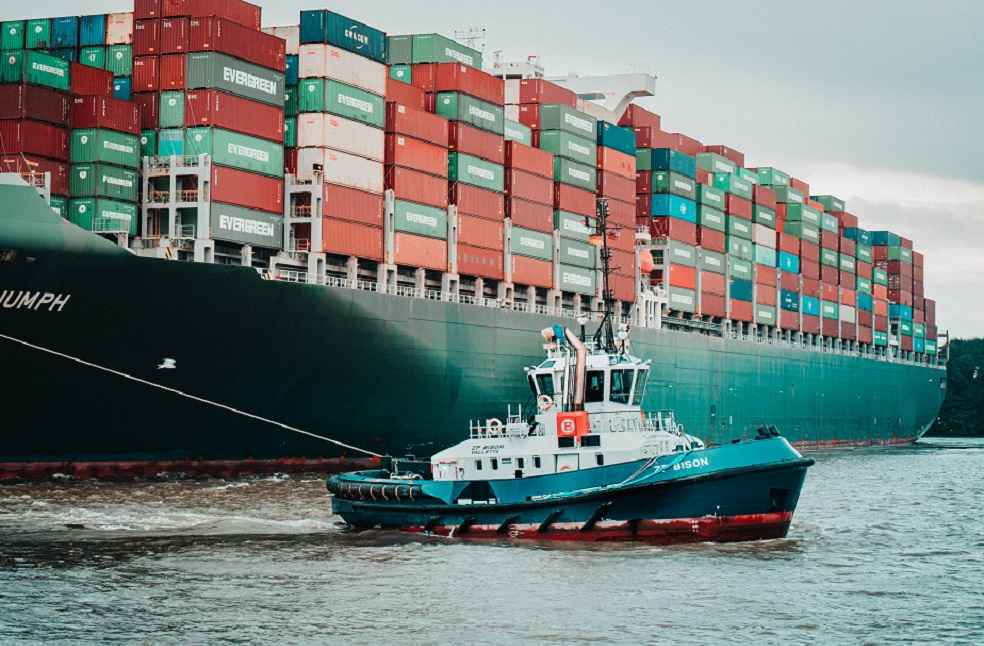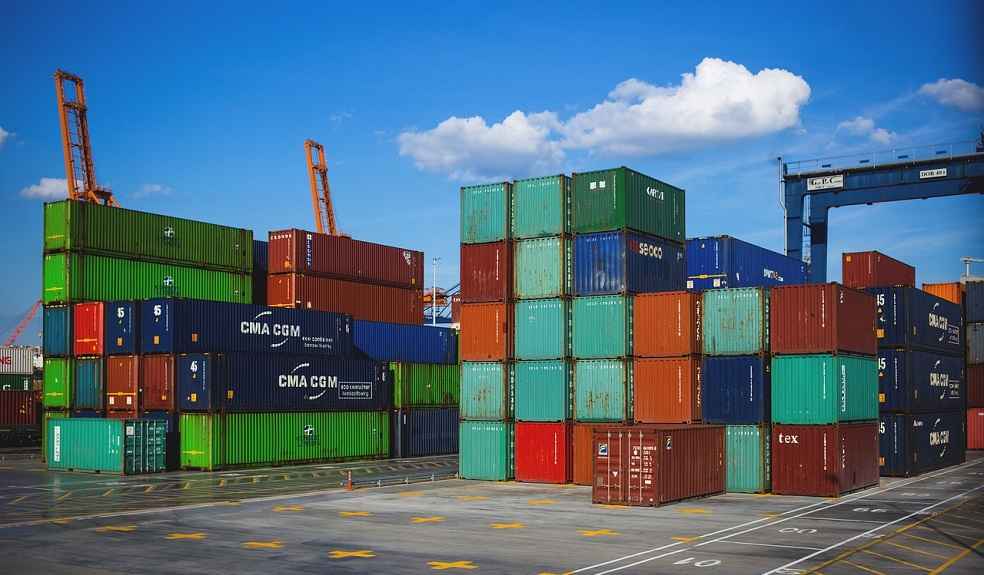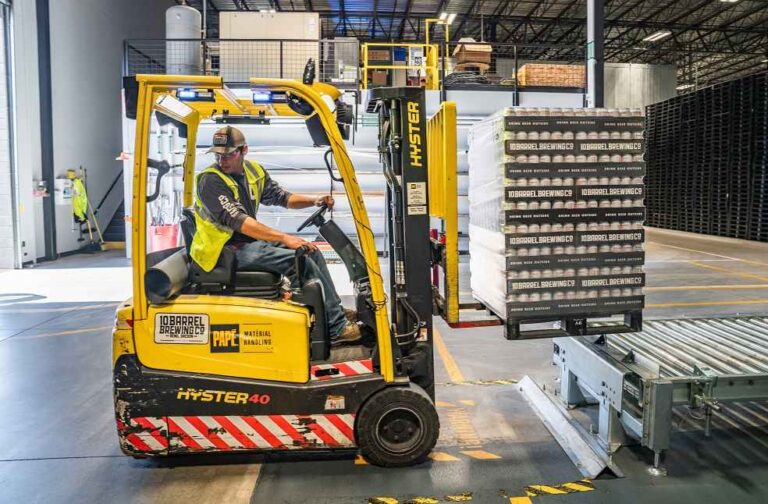Amid rapid changes in global trade dynamics, the latter half of 2022 witnessed a surprising plummet in international freight pricing along with a concurrent rise in freight capacity outpacing demand – a complete reversal from the industry’s trend over the previous three years.
The freight market had been gradually stabilizing from record delays, disruptions, and price surges that started in February 2020 and extended until late 2022. Now, as we stride into late spring 2023, the narrative around global logistics and supply chain management is undergoing a major overhaul.

Particularly noteworthy is the drop in freight pricing for some trade lanes, such as China to the West Coast of the U.S., where the cost for a 40-foot container is now lower than pre-Covid rates. Our TWN analysts have recently reported a certain degree of pricing stability, as observed since mid-May.
Looking back to 2022, the prevailing sentiment in global trade was “uncertainty.” An imbalance between demand and capacity, coupled with excessive product ordering and sluggish transportation infrastructure response, wreaked havoc on supply chains worldwide.
While much of this disruption has since subsided, uncertainty remains a potent influence on global supply chain management decisions, affecting areas like demand planning, manufacturing and distribution, procurement, customer service, finance, supply chain, and logistics management.

This level of uncertainty can seriously hamper decision-making processes in organizations, as it did during the height of the pandemic. For instance, international orders that typically arrived within 45-60 days pre-Covid, saw delivery times extend to 270-360 days due to transport infrastructure and freight cost issues.
As the landscape of global supply chain management inches towards a balance, there are still enough uncertainties triggering concern. Addressing these requires a proactive approach. Here are a few recommended steps:

Develop Robust Resources: Decision-makers need to establish comprehensive resources providing information, solutions, and alternatives for better-informed decisions.
Explore Freight Options: Logistics executives should foster strong relationships with diverse freight transport entities like trucking and drayage companies, NVOCCs, air freight consolidators, and direct carriers.
Leverage Consultants: Consulting companies offering tailored advice and recommendations can expedite improvements in supply chain performance.
Focus on Trade Compliance Management: Trained staff should navigate the growing and complex import and export regulations to avoid non-compliance penalties.

Regular Supply Chain Assessments and Audits: These provide opportunities for risk evaluation, cost-effectiveness checks, and improvements across business processes.
2023, being a transitional year, will undoubtedly pose unique challenges and opportunities for global supply chains. Companies will need to integrate the lessons from the pandemic and apply proactive strategies to optimize their operations. The steps outlined here, distilled from over three decades of consulting experience, can guide organizations towards improved supply chain performance, reduced risk, and lower costs.
POLICY & LAW: The Future of the WTO in Global Trade Disputes



